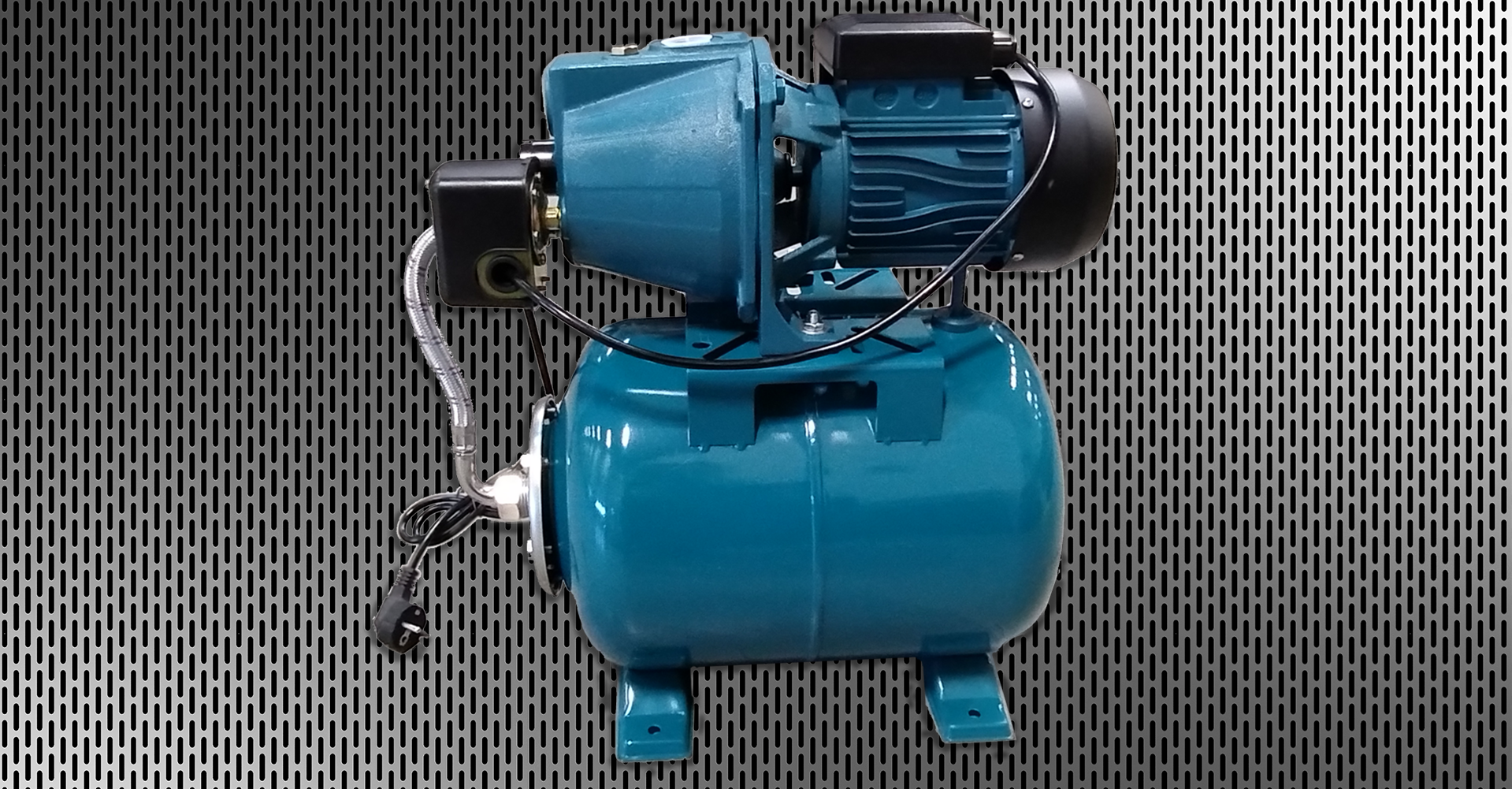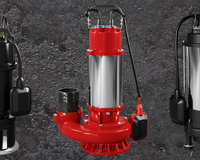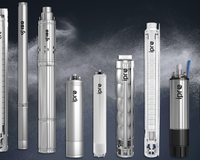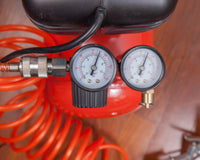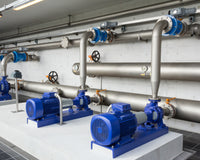The hydrophore is a pressure installation that improves the use of utility water. An integral element of the hydrophore set is the pressure tank, pump and presentat. The system is responsible for maintaining the correct medium pressure in the hydraulic network pipes. The hydrophore protects the water pump against excessive operation and ensures constant water flow. Installation of a hydrophore is necessary if we use our own water intake or if the pressure to the water supply is too low.
How to choose good hydrophore?
- Pressure tank capacity. The size of the hydrophore tank will be conditioned by the maximum water demand in the powered object. In a situation where the hydrophore is to supply a single -family house with utility water, its size should not be less than 100 liters. It all depends on the number of household members and the amount of water they use. The sizes of the hydraulic installation in the building are also significant in this context.
- The shape of the pressure tank. Pressure tanks in hydrophore sets are available in various shapes, although the most popular of them is the cylindrical model. The cylindrical tank can have a vertical or horizontal orientation. Its specific variant should be adapted to the spatial capabilities of the room. When installing a tank in the basement, there are usually no major restrictions. However, they can appear if we want to mount a tank from the bathroom, for example in buildings under the sinks.
- Tank making technology. The hydrophore tanks can be membrane (diaphragm) or galvanized. Membrane tanks have a rubber tank for collecting water. They are most often used in closed rooms, because the membrane should not be exposed to UV rays. However, galvanized tanks do not undergo weather conditions, so they can be successfully installed outside. In recent years, membrane tanks are becoming more and more popular, unlike diaphragmatic tanks, they have a membrane in a position perpendicular relative to the tank, the interior of which is covered with a special coating designed for contact with drinking water. Such tanks are practically maintenance -free, because the pressure level inside the tank should be checked only once a year. PHU DAMBAT was one of the first to introduce this type of tanks to the Polish market marked as IBO ITALY FIX, in which Italian diaphragm was used. The biggest advantage of this type of reservoir is an extremely long warranty, as much as 5 -year -old.
- Type of hydrophore pump. The hydrophore sets use surface (self -based) or deep pumps. The first is installed next to the tank or on the tank. It is worth remembering, however, that such a pump is characterized by an elevated level of emitted noise, which is why it should not be in utility rooms, e.g. in the basement. The second are under the surface of the water, but a deep well is necessary to install them. The deep pump should be installed if the water level in the well is below 7-8 meters. Hydrophore pumps can also be single -stage or multi -stage and have Power supply single -phase or three -phase.
-
Hydrophore pump power. The pump power should be adapted to the demand for utility water. The general rule is that the pump performance must be greater than the expected water intake. It is important not only the value of water demand in the QMAX object, but also the minimum required water pressure at the exit from Hmin's hydrophore. Based on these values, you can determine the required lifting height of the HP hydrophore set, to which we select the pump power. For this purpose, it is necessary to analyze the product selection card. At this criterion, the well should be taken into account. Unfortunately, buyers are often guided by the assumption that the stronger pump the better, unfortunately it is often a wrong assumption. Especially during dry periods, users with very efficient pumps with a capacity above 100 l/min are exposed to the so -called dry gear resulting in pump seizure. During drought, the water mirror in the well usually decreases, and when the pump has high efficiency, there is a risk of breaking the water column, which makes the pump work without water as a result of which the hydraulic is collapsed, then one remains - buy a new pump.
In the case of such pumps, it is worth equipping them with additional dry cross -country protection, which will allow for many years of trouble -free operation of the device.

